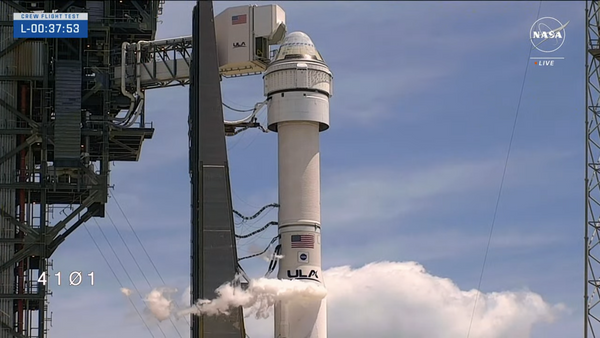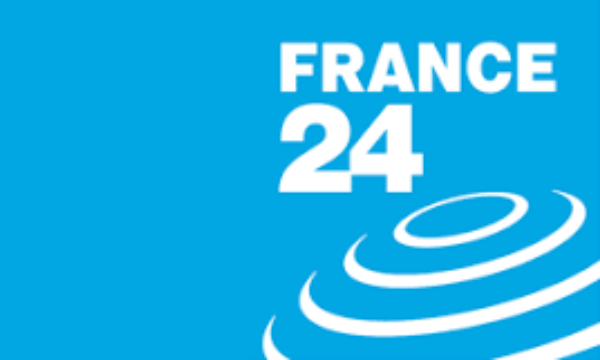
Lavish spending, bigger deficits, billions aimed at low-income earners, manufacturing investment — all this budget needs to make it a stereotypical Labor document is a soak-the-rich tax and some inevitable “class war” headlines. But Albanese-era Labor simply doesn’t do that.
While those hoping for a lift in JobSeeker payments to a civilised level will again be disappointed — there’s yet another handout to help the jobless look for work — Labor’s calculation is not merely that the unemployed pool is going to remain so small it can wear the pain, but that its spending measures will offer something for every progressive as well as middle Australia.
There’s not merely the stage three tax cuts, now so embedded in the political landscape they’ve been forgotten, but also a $300 energy relief rebate extended to every household, greater rental assistance, yet more housing spending, further health investment, funding for domestic violence survivors and their families, and a Pharmaceutical Benefits Scheme freeze.
Beyond that, we also have additional remuneration support for higher aged care workers, investment to help implement the much-needed new aged care framework, and yet another increase in aged care home packages. There’s even a massive injection into Services Australia, more than $1 billion, to lift the performance of an institution routinely criticised for failing to deliver for low- and middle-income Australians.
Of course, that’s in addition to Labor’s Future Made In Australia policy, which should more accurately be labelled Future Wars Made in Australia, given that once you take the levels away, the bulk of government manufacturing spending is in warships, weapons and other defence equipment.
Where’s the money coming from? From borrowings, $28 billion of them, despite a $9 billion increase in expected revenue in 2024-25. The result is a marked deterioration over the past six months in the expected 2024-25 deficit.
This is a budget decidedly light on tough measures — there’s some cuts in water irrigation infrastructure (a noted area for rorts), but there are few tax measures and none of note, and the big spending discipline is the continued, elusive claim that billions can be saved from the National Disability Insurance Scheme (NDIS). That sound you can hear already is the inflation hawks and neoliberal ideologues screaming in rage at what they see, rightly, as a highly stimulatory budget.
Of course, Labor’s fiscal strategy is undoubtedly to deliver a better outcome than forecast in the lead-up to the next election, whether that is before or after the next budget. Treasurer Jim Chalmers has reiterated that the era of big revenue upgrades is over, but the iron ore price forecast underpinning tonight’s forecasts is just US$60 per tonne compared to US$105 last December.
All going well, Labor will head into the federal election — now less than 12 months away, in practical terms — with cost of living pressures tamed, interest rates either falling or expected to fall, and a better than expected deficit.
The worsening long-term fiscal situation — the 2025-26 deficit is currently forecast at a whopping $43 billion — is a problem for the other side of the election. For all intents and purposes, this is a pre-election budget. And the lack of any losers confirms it.







